Trees are important because they help control the amount of water that flows into and out of land, as well as provide food, shelter, and other benefits for animals and humans. Although, different types of the Greek trees are one of the most significant and ancient trees found!
The trees of Greece play a significant role in history and religion, even if you don’t know about it. So many of the endemic species have stories tied to them from eons ago.
For example, a lot of the olive tree is mentioned in ancient mythology.
Greek Trees
1. Fig Tree (Ficus Carica)
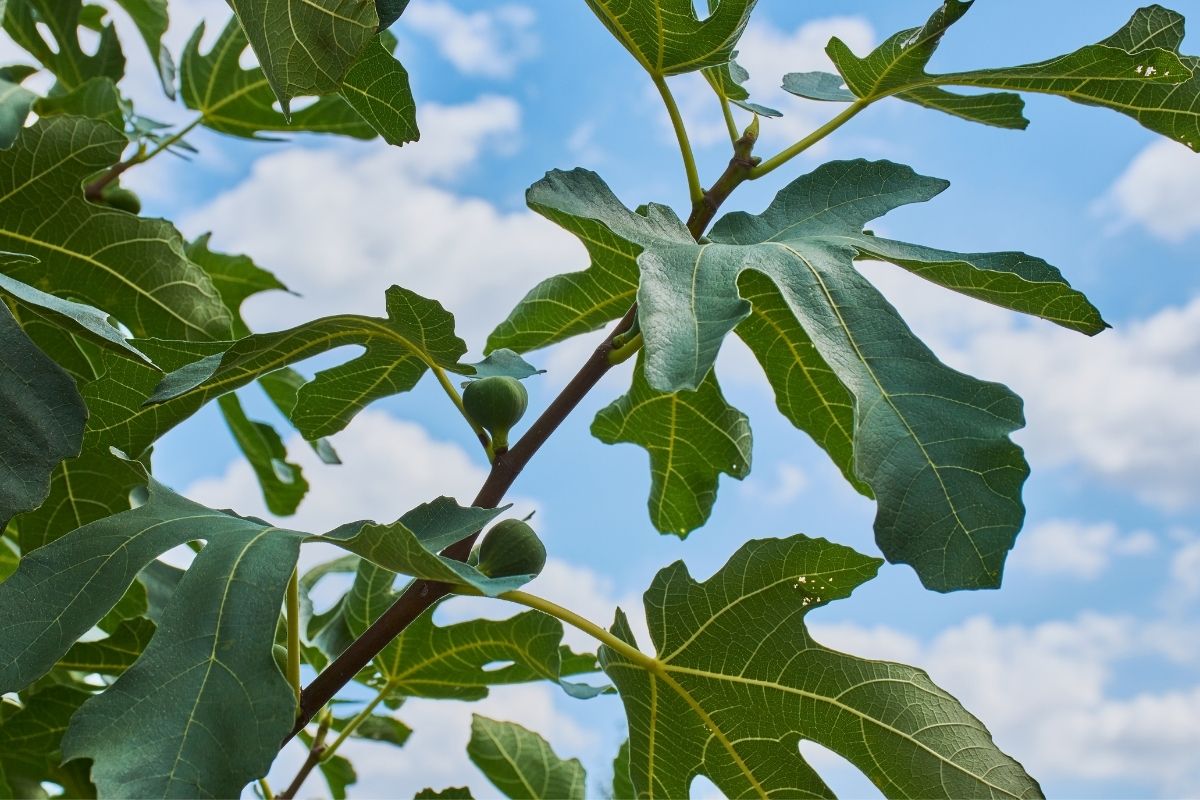
The fig tree is a large deciduous tree native to the Mediterranean region and widely cultivated for its fruit, which has been a significant food source since prehistory. It produces edible fruits that are sweet when ripe, but often contain seeds and insects.
2. Plane Trees (Platanus Orientalis)
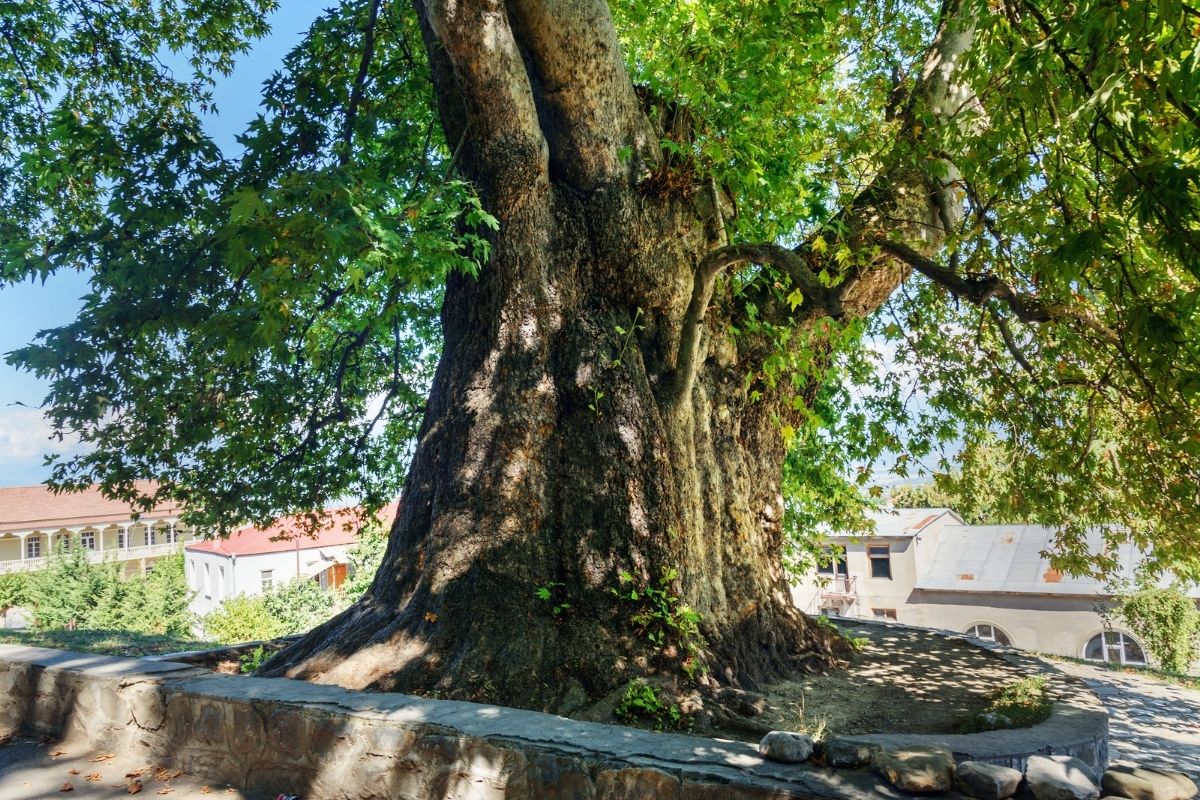
A plane tree or Oriental plane (Platanus orientialis), also known as the Old World Sycamore, is a tree that can reach heights of 30 meters or more.
3. Stone Pine (Pinus Pinea)
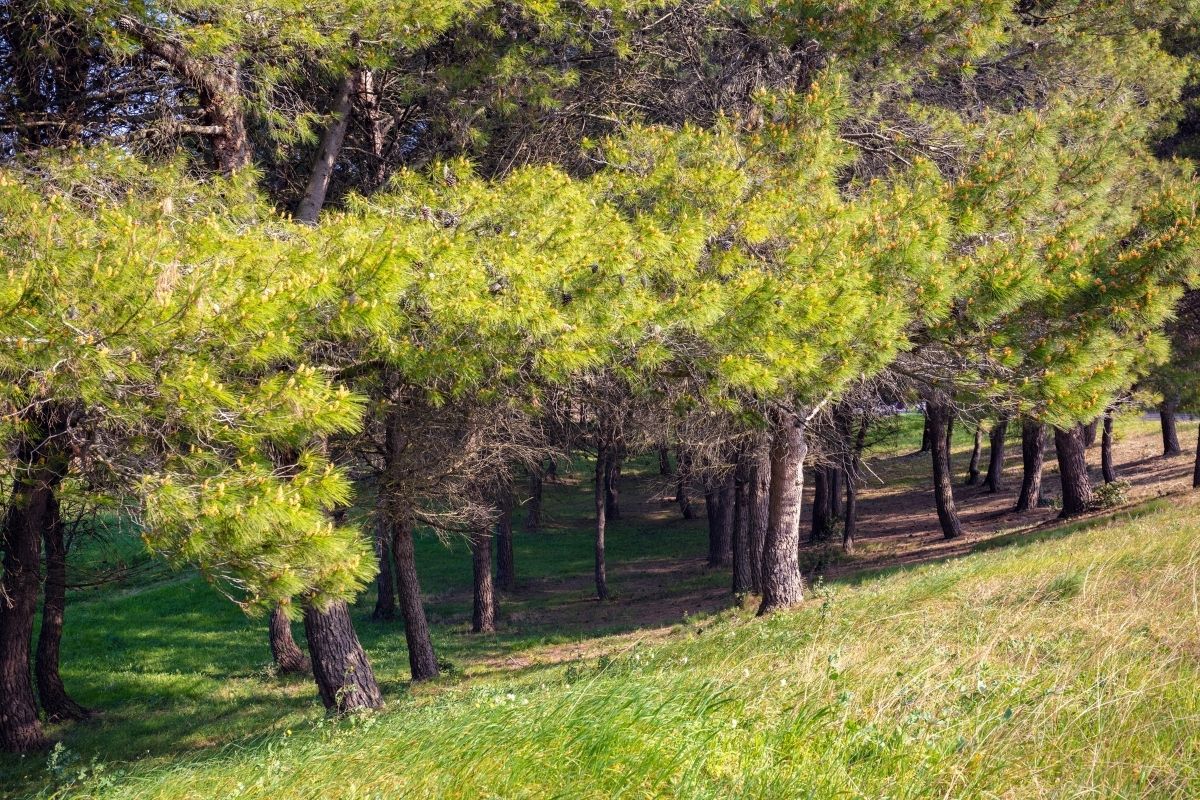
The stone pine (or Pinus pinea) was probably introduced from Italy to Spain by the Romans, who called it pinus sylvestris, and then spread through Europe, reaching England by the 13th century.
It occurs naturally throughout most of Europe, except Ireland, Scandinavia, northern Russia and the extreme north of Turkey.
4. Greek Fir Trees (Abies Cephalonica)
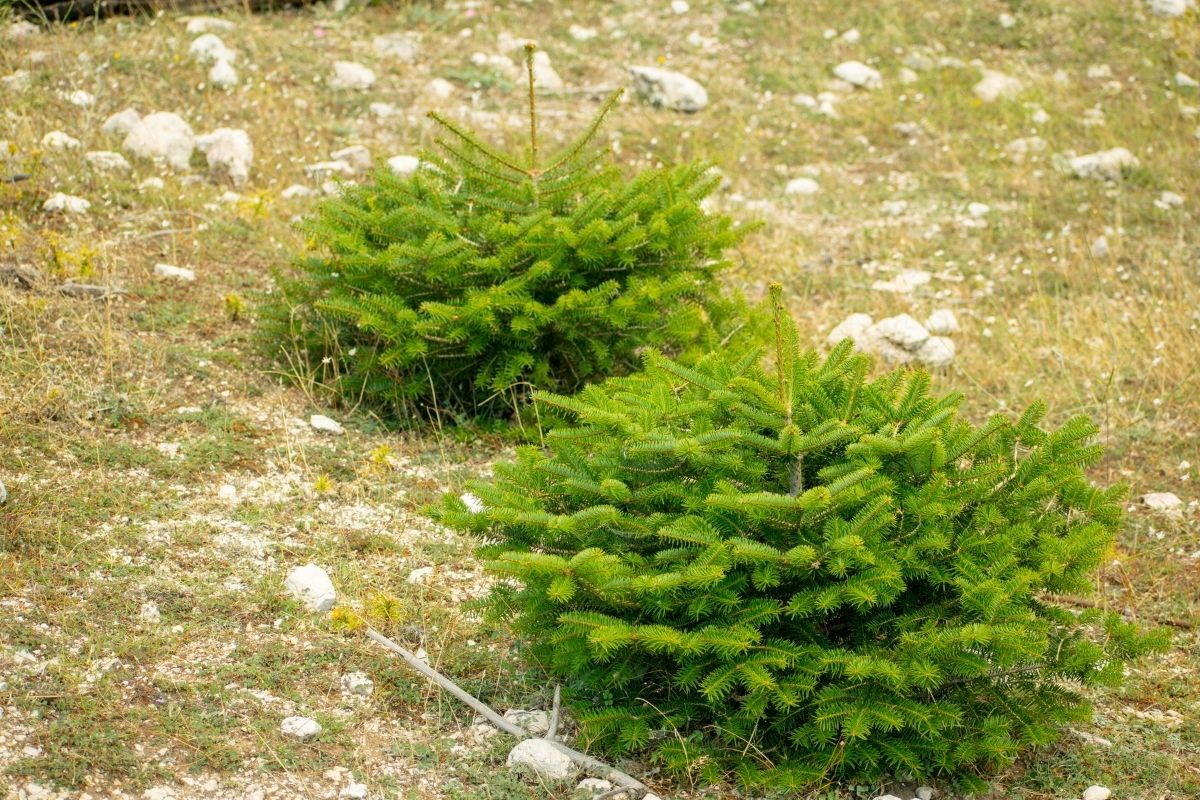
It is one of the few species known as “silver fir” because of its silver-gray bark. They grow up to 50 m tall and live over 1000 years.
The Greek fir is used as timber and for making paper pulp. It is also planted in parks and gardens.
5. Green Strawberry Tree (Arbutus Andrachne)
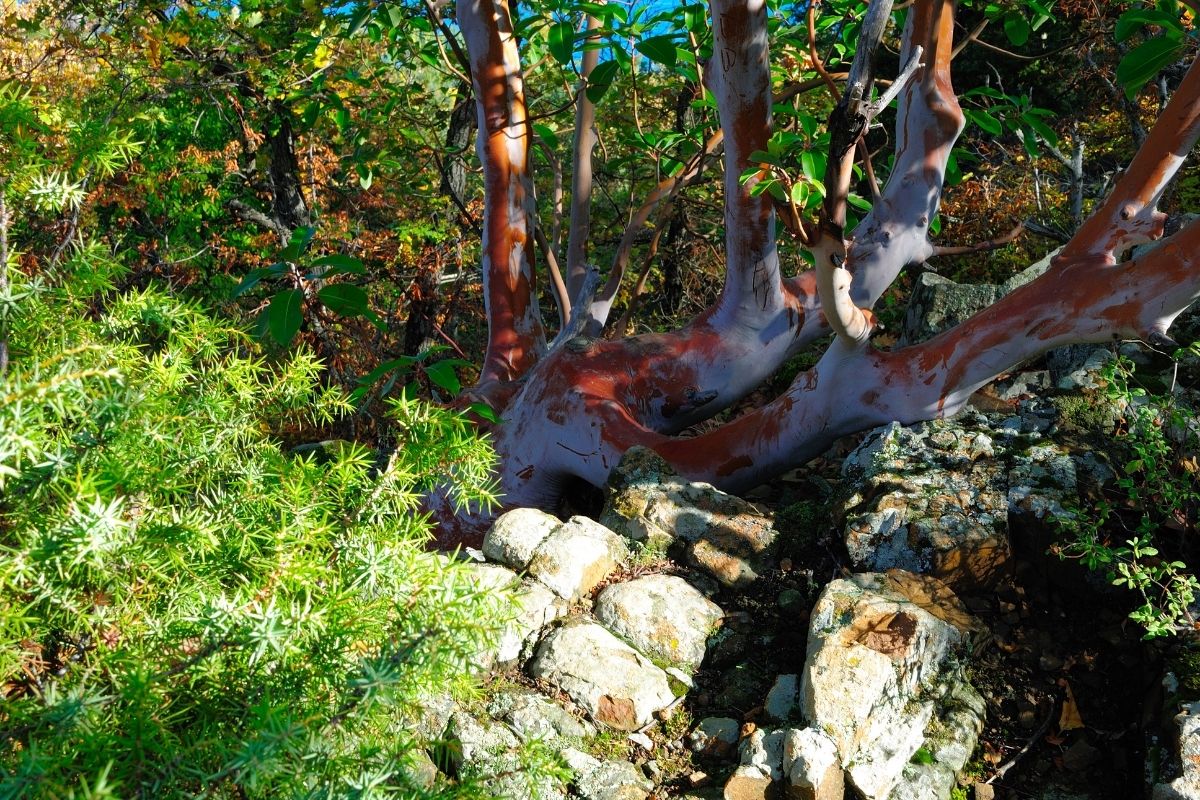
This evergreen shrub grows up to 1.5 m tall with bright green leaves and red berries. In spring, white flowers appear on slender stalks. It is found in Southern Europe and North Africa.
6. Kermes Oak (Querces Coccifera)
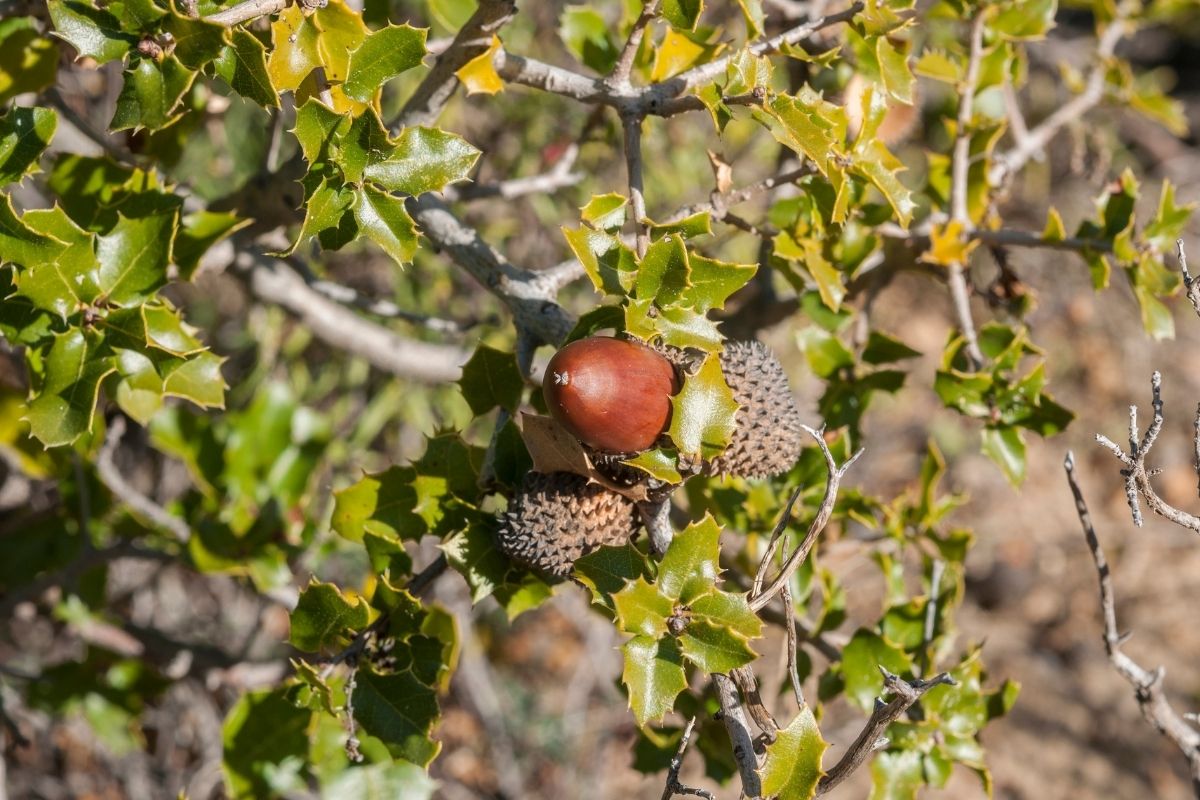
The kermes oak (also kermiacum or chrysocoma) is a type of Quercus coccifera growing mostly in Southern Europe, and is commonly grown as a garden ornamental plant. Its hardwood is very similar to other oak wood.
7. Evergreen Oak (Quercus Ilex)
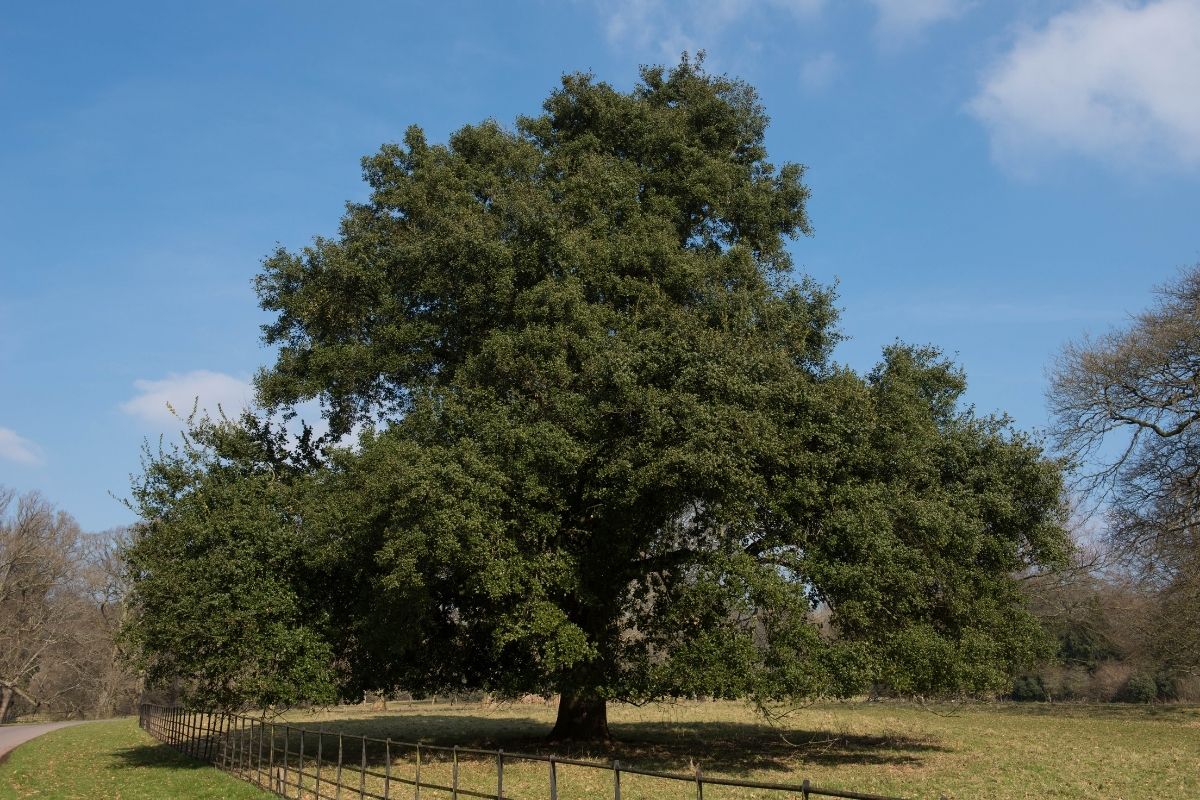
The evergreen oak (quercus ilex), also known as the holm oak or the Spanish oak, is a medium-sized tree common across much of western Eurasia and North Africa. It is often used for landscaping or in parks and gardens.
8. Olive Tree (Olea Europea)

The olive tree is a fast-growing evergreen tree, native to the Mediterranean basin. It is now cultivated in many areas around the world due to its value as a source of table olives.
Olive oil is produced in several countries, including France, Italy, Spain, Portugal, Morocco, Tunisia, Algeria, Syria, Lebanon, Cyprus, Georgia, Armenia, and Israel.
9. Wild Olive (Olea Sylvestris)
The wild olive (olive tree) is a small tree or bush native to southern parts of Europe, east into Asia Minor, and southwards to North Africa. It is thought to be one of the oldest living plants on Earth.
10. Oriental Hackberry (Celtis Tournefortii)
The hackberry (Celtis sinensis) is a medium-sized deciduous tree native primarily to China and Japan, where it is sometimes naturalized. It has been sound in parts of Greece throughout the years, though it is not known how it got there or if it naturally occurs there.
11. Chaste Tree (Vitex Agnus-Castus)
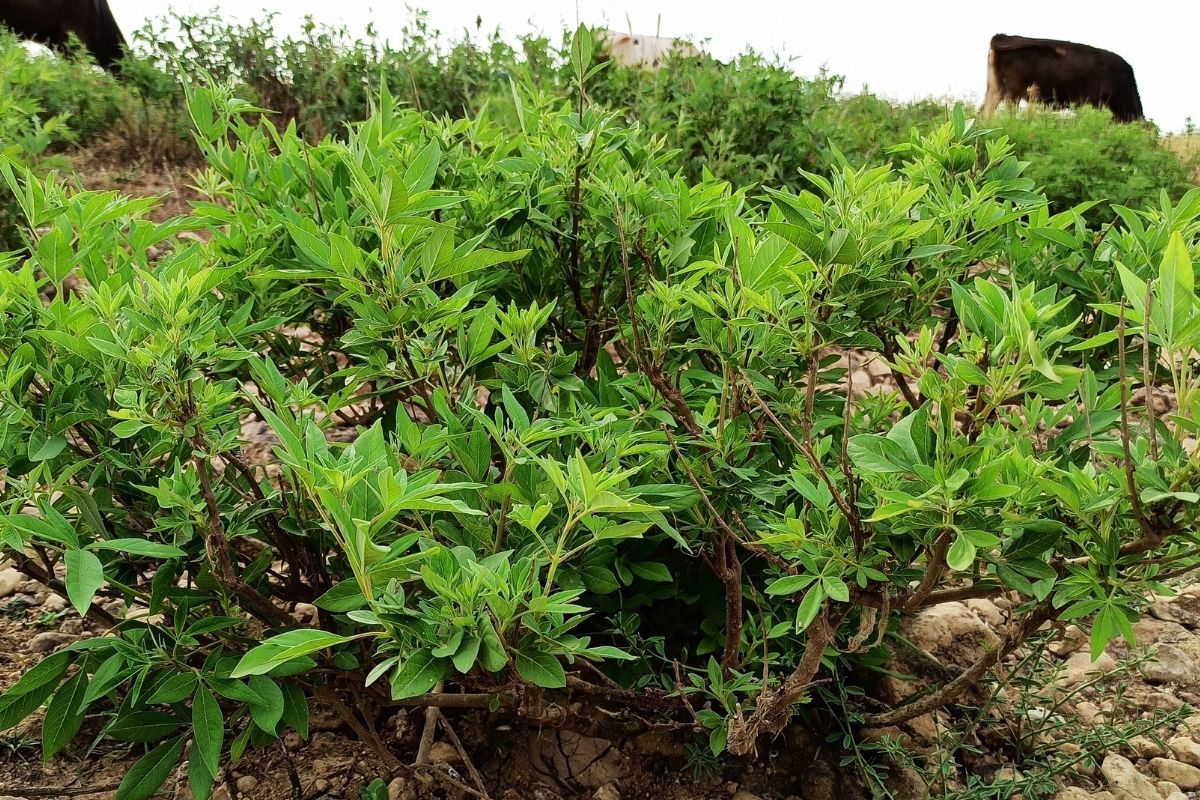
The chaste tree (vitex agnus castus) is a herbaceous perennial shrub native to southwestern Europe and northwest Africa. It has purple flowers.
12. Field Elm (Ulmus Minor)
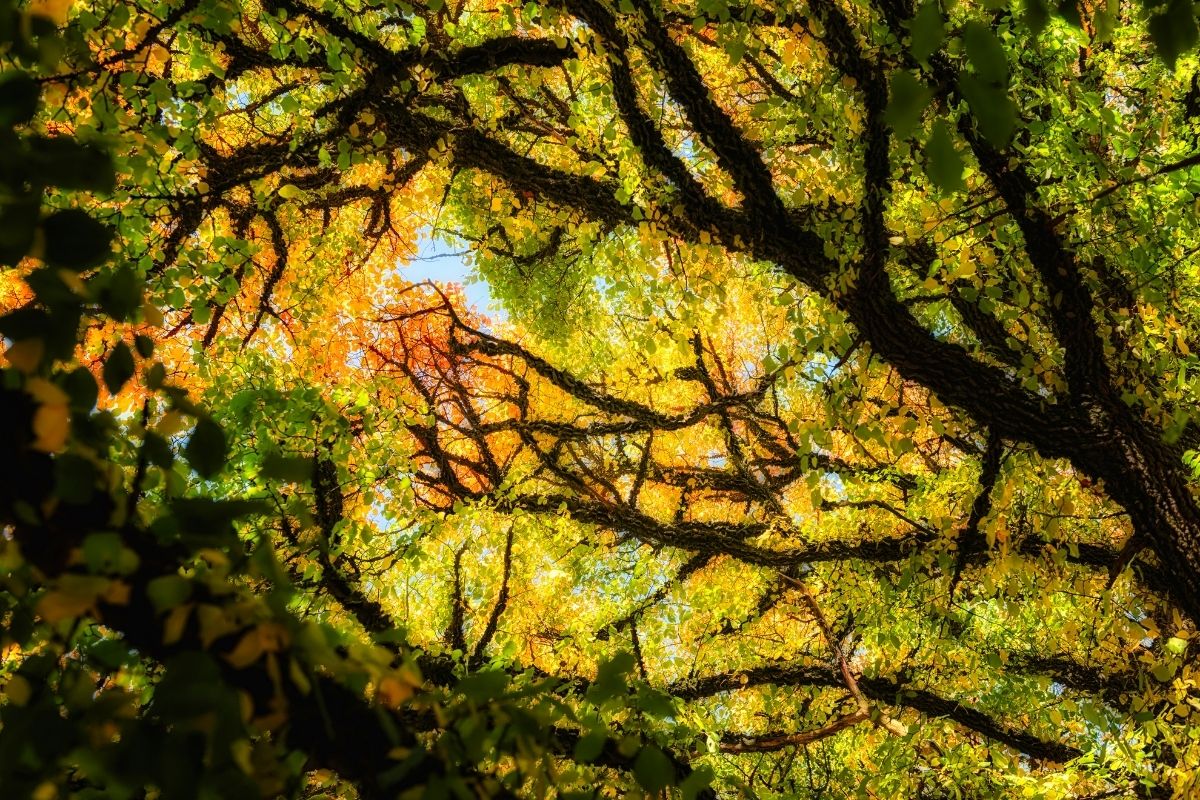
The field elm (ulmus minor), also known as the European Field Elm, is a deciduous tree originating in Central Europe and extending into northeast Asia. This tree can grow up to 30 m high. It is usually planted near buildings and roads.
13. Bay Lauren Tree (Laurus Nobilis)

The bay laurel (laurel) is a large evergreen tree that is widely distributed across the Mediterranean region and Southwest Europe. It is an attractive shade tree for urban environments.
14. Tree Heather (Erica Arborea)
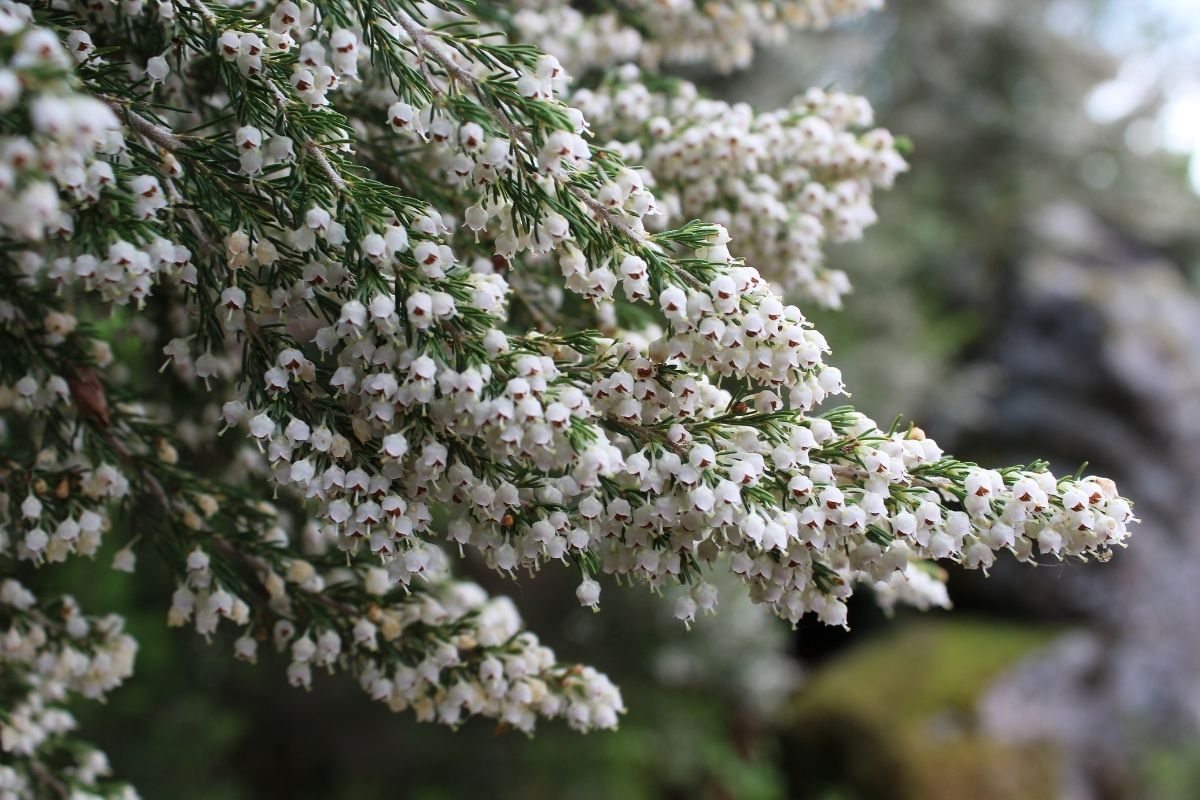
The heather is a genus of flowering plants in the family Ericaceae. Species are widespread in temperate regions of both hemispheres.
15. Tree Spurdge (Euphorbia Dendroides)
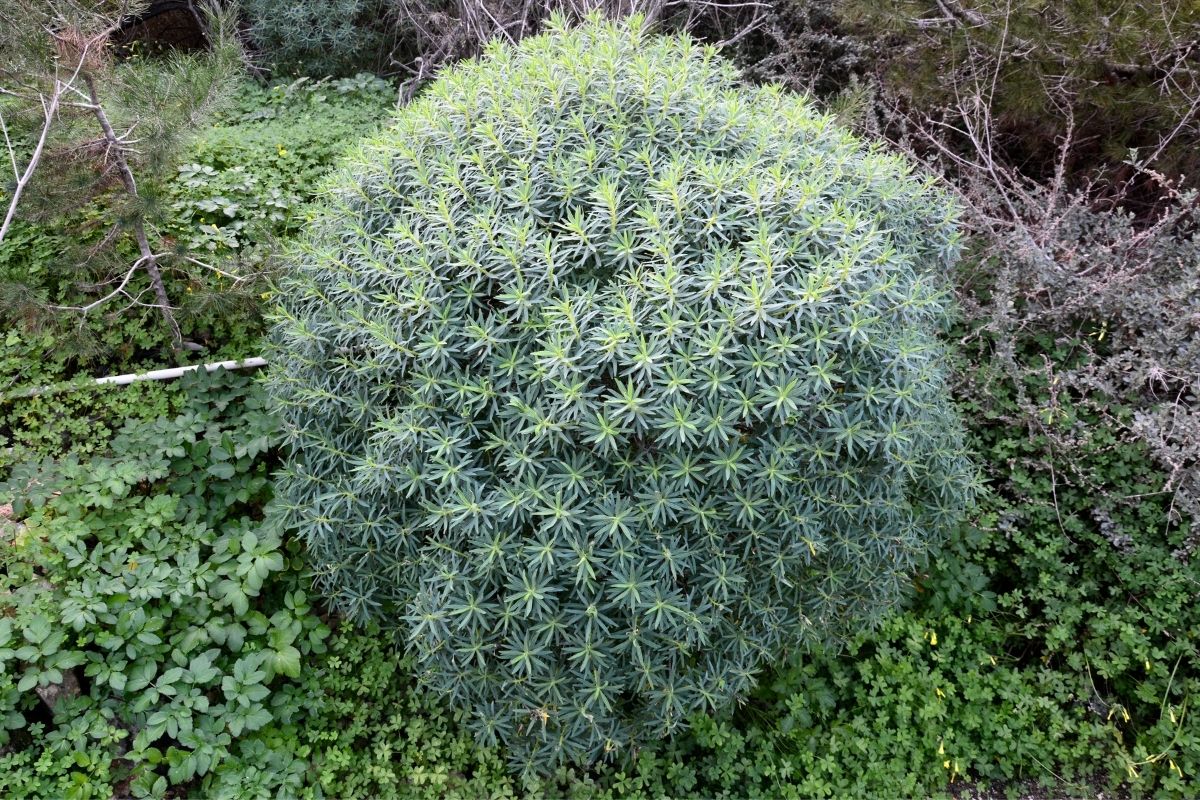
The spurge tree (euphorbia dendroidea) is a species of euphorbias from the spurge family Euphorbiaceae. It is an erect, branching, spiny shrub, reaching 5–10 m height. The stems are covered by numerous long, sharp thorns.
16. Bean Trefoil Tree (Anagyris Foetida)
The bean trefoil tree (A. foetida) is a legume tree with yellow flowers and grayish leaves. It grows to about 10 meters tall. The name comes from the resemblance between the flower heads and those of beans.
17. Black Locust Tree (Robinia Pseudoacacia)
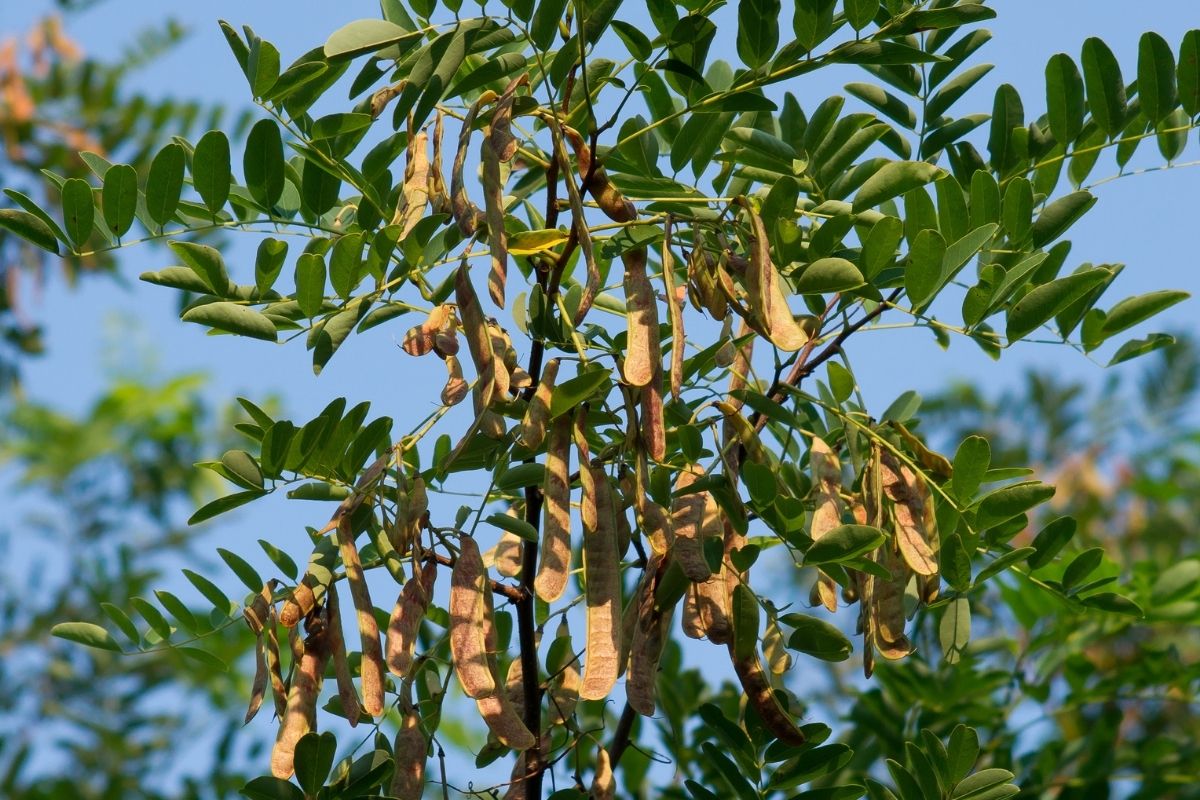
The black locust tree (R. pseudoacacia) is a very large deciduous tree growing up to 25 meters tall, found mainly in central and Eastern Europe. It is called “locust” because of its habit of shedding its leaves early each year.
18. Four-Stamen Tamarisk (Tamarix Tetrandra)
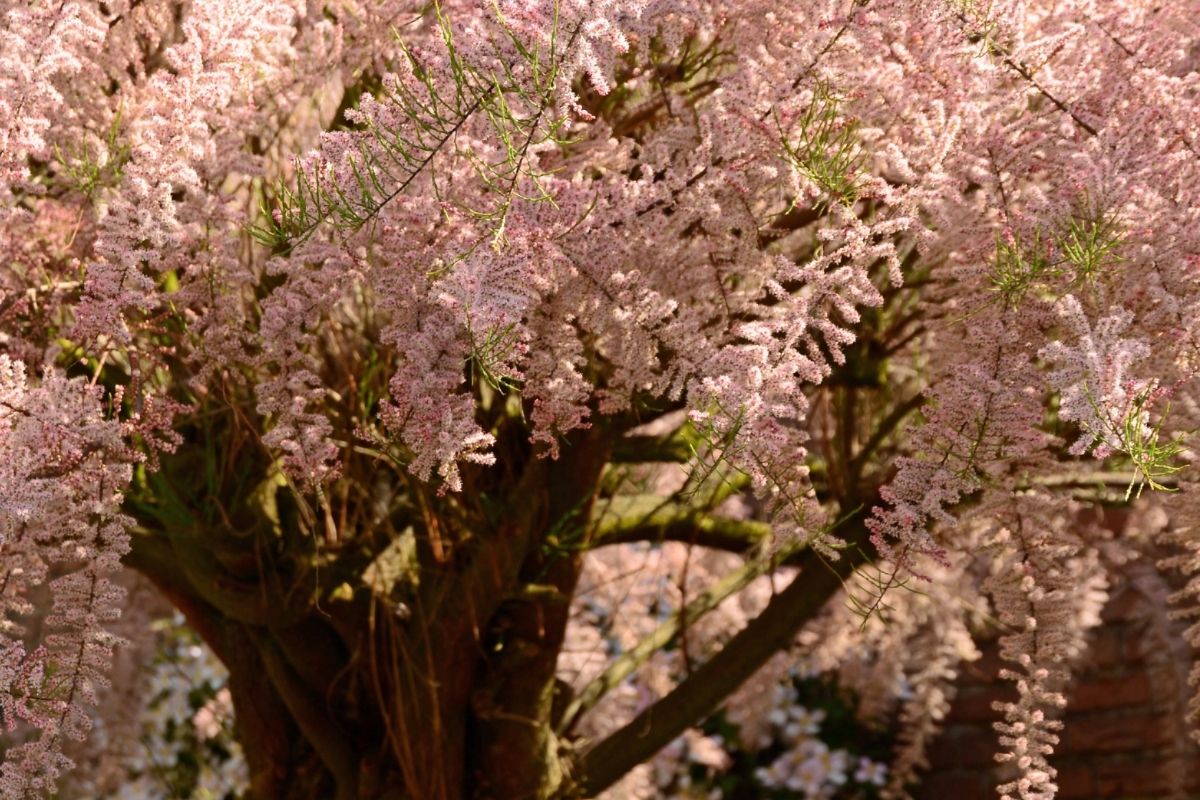
The four-stamen tamarisk (tamarix tetrandra) is a common plant of dry places such as deserts, sandy shores, salt marshes, and seashores.
19. Pomegranate Tree (Punica Granatum)
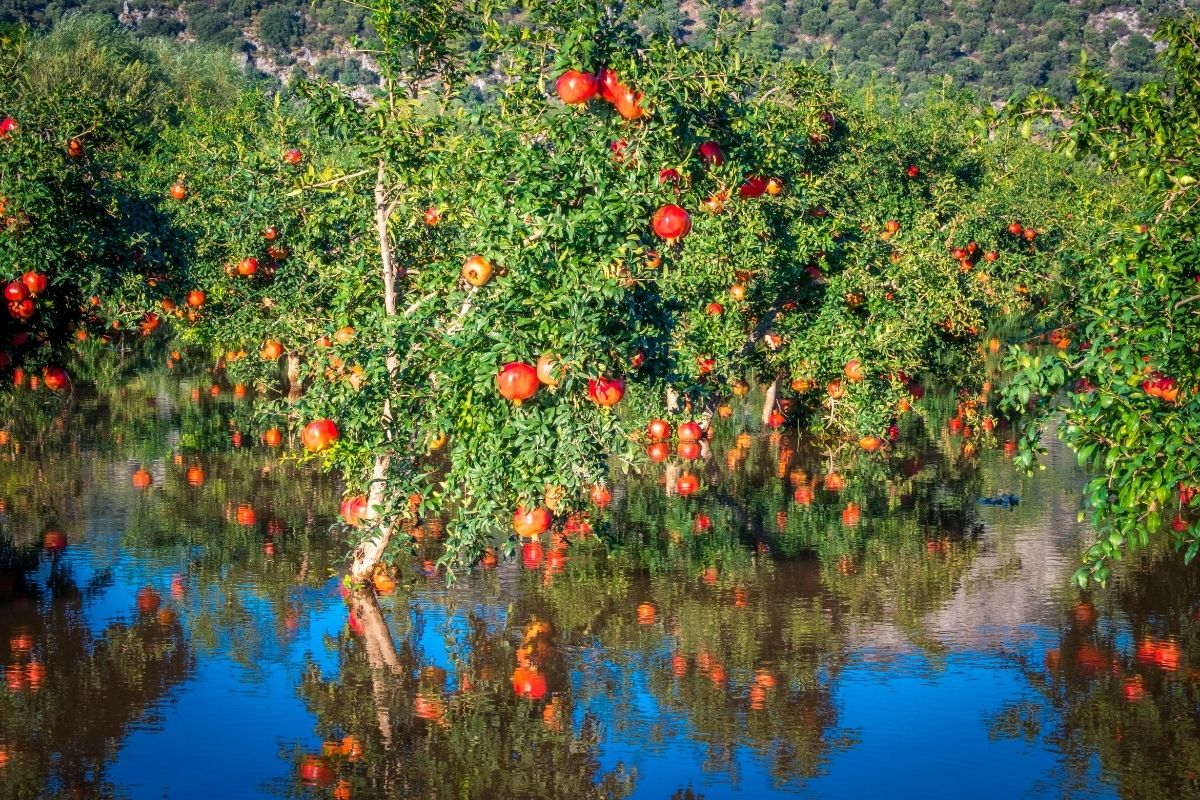
The pomegranate tree (pomgranat) is a deciduous woody shrub belonging to the Punicaceae family. In Greece, this tree is often used in landscaping, since it provides beautiful foliage and blooms in spring.
20. Mastic Tree (Pistacia Lentiscus)
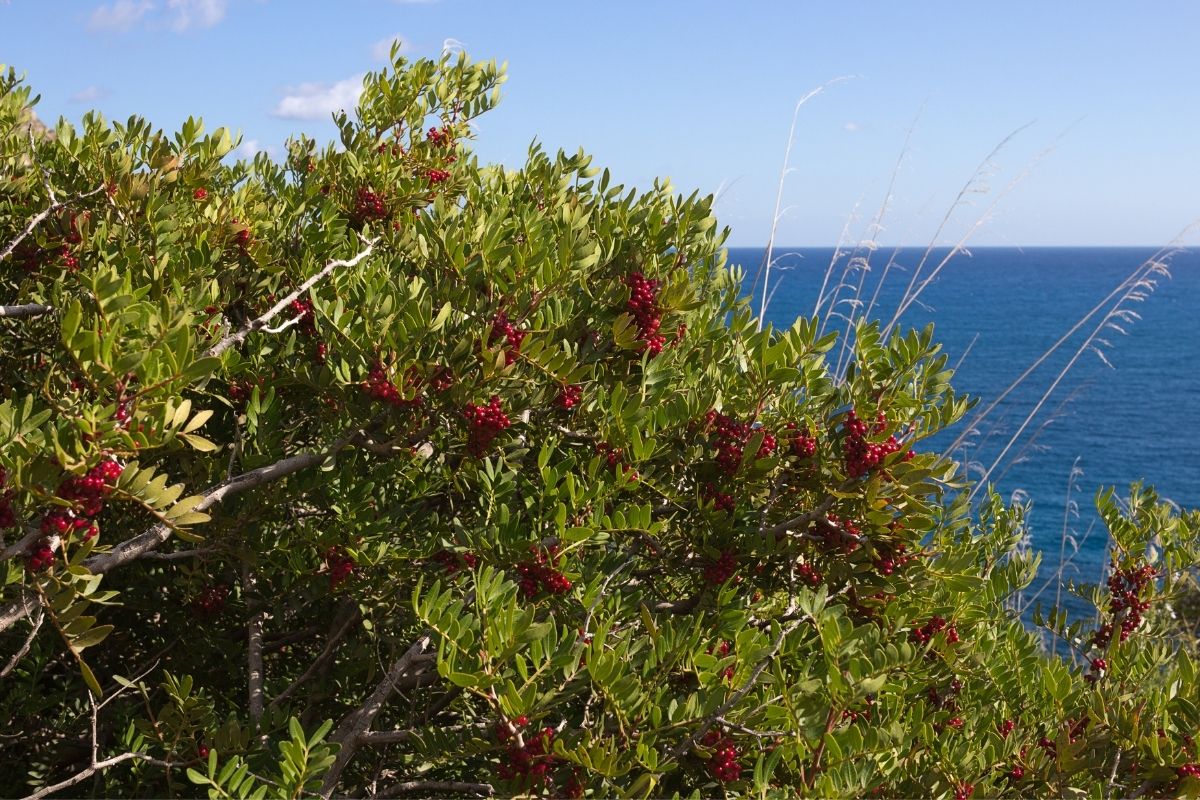
The mastic tree (Pistacia lentiscus) is a medium-size deciduous tree native to the Mediterranean Basin and southwest Asia. It produces aromatic resin that has been used in medicine.
21. Mediterranean Cypress Tree (Cupressus Sempervirens)
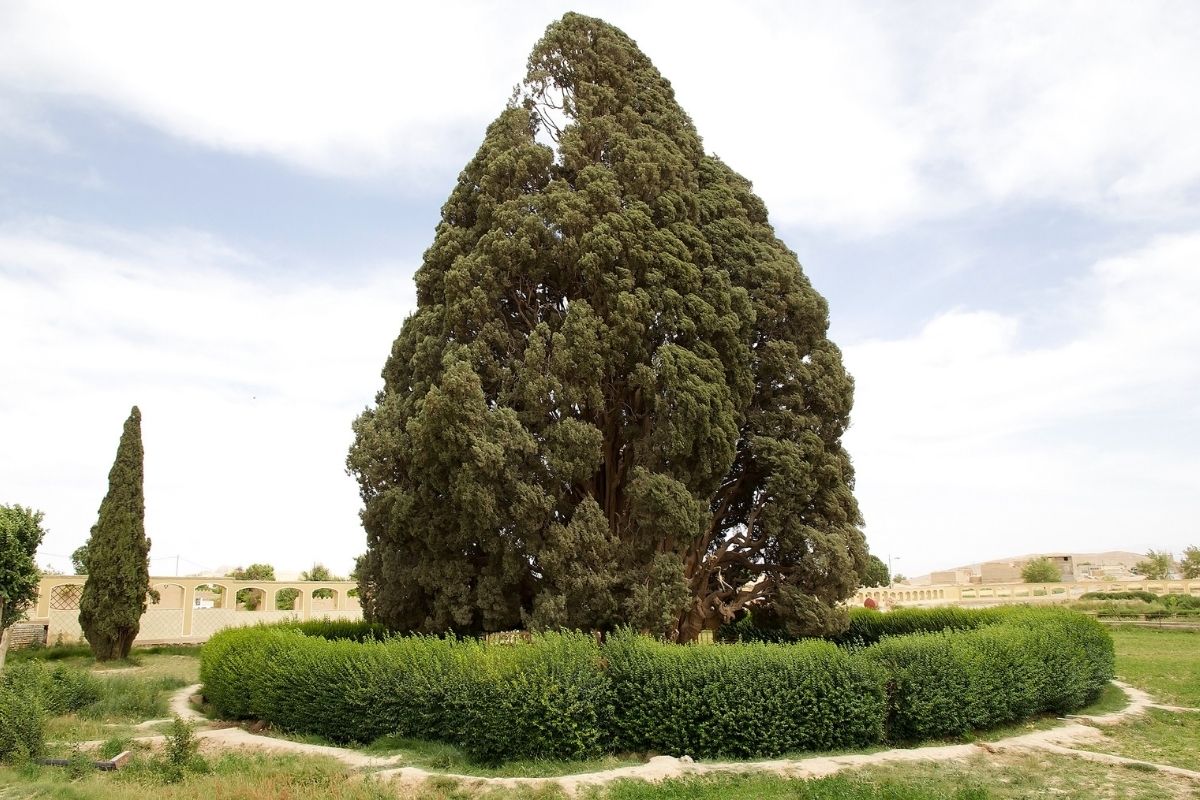
The Mediterranean cypress (Cupressus spp.) is a coniferous evergreen tree native to the Mediterranean region in Europe and North Africa. It is one of the tallest trees in the world.
It was originally introduced to the United States from Europe. They are beautiful trees that are well adapted to hot climates.
22. Terebinth Tree (Pistacia Terebinthus)
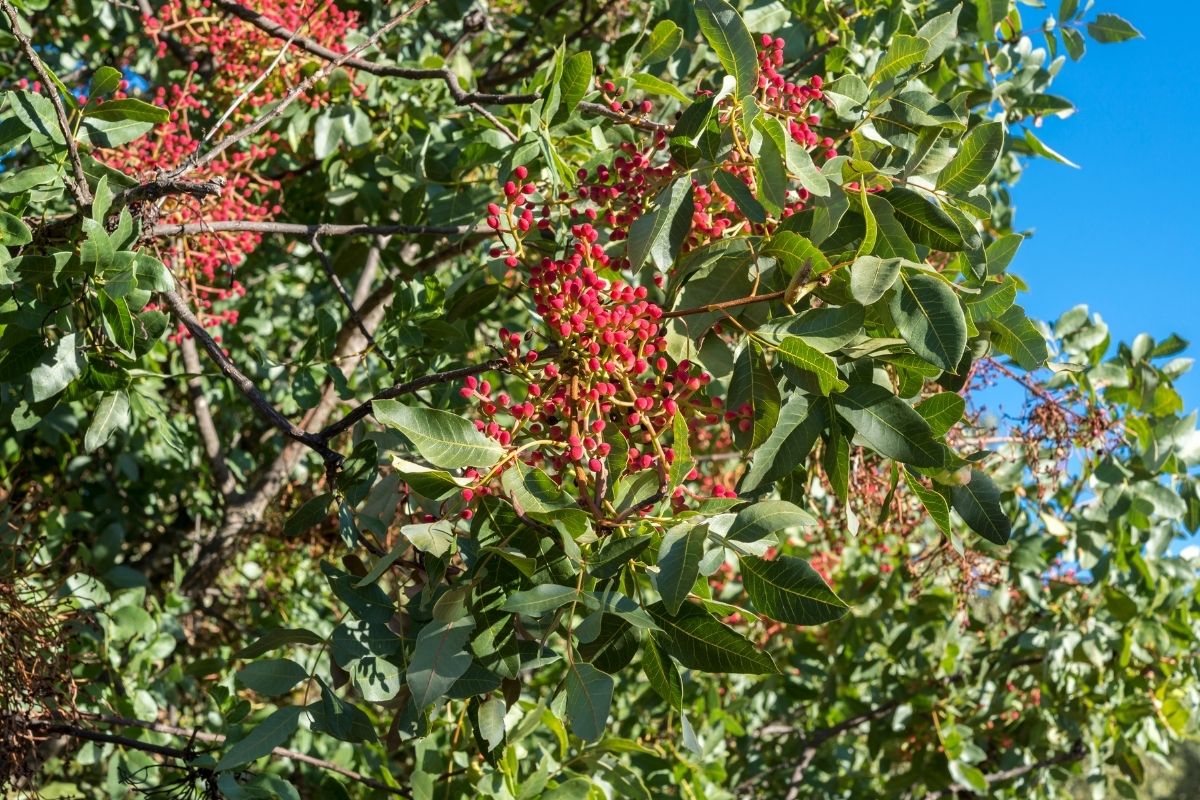
The terebinth, or turpentine tree, is a medium size coniferous tree, native to eastern Mediterranean areas. Its fruits contain turpentine. Terebinths were once widely cultivated in ancient times. They are considered sacred trees of antiquity.
23. Carob (Ceratonia Siliqua)

The carob (carob tree) (Ceratonia capitata) is a small tree, native to the Mediterranean region. It is commonly grown as an ornamental tree.
24. Black Poplar (Populus Nigra)

The black poplar (poplar), also known as European black cottonwood, is a broad leafed tree native to most of the Northern Hemisphere except tropical latitudes. Most varieties have compound leaves, but some have simple leaves.
This tree can grow to heights over 30 feet high.
25. Nerium Oleander (Nerium Oleander)

The nerium oleander (oleander) is a flowering shrub or small tree in the Apocynaceae family, which includes many plants with medicinal uses. It is endemic to Southern Europe, where it is naturalized outside cultivation.
26. Tree Wormwood (Artemisia Arborescens)
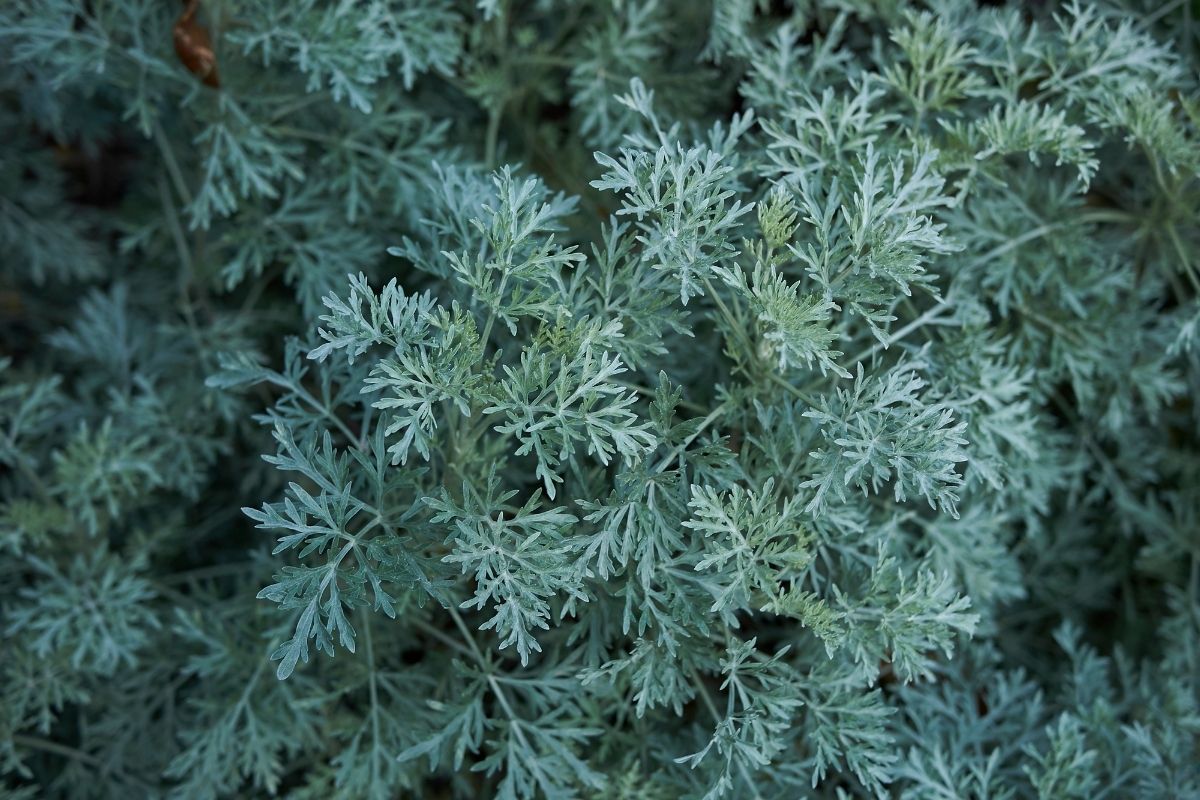
The tree wormwood (wormwood) Artemisia arborescens is a perennial herbaceous plant with white or pink flowers in late summer. The genus contains around 50 species.
27. Armenian Plum Tree (Armeniaca Vulgaris)
The Armenian plum tree (plum tree) (Armeniaca spp.) is a deciduous tree or shrub native to Southern Europe and northwestern Asia. The fruit is edible and looks like a cherry.
28. Cherry Plum Tree (Prunus Cerasifera)
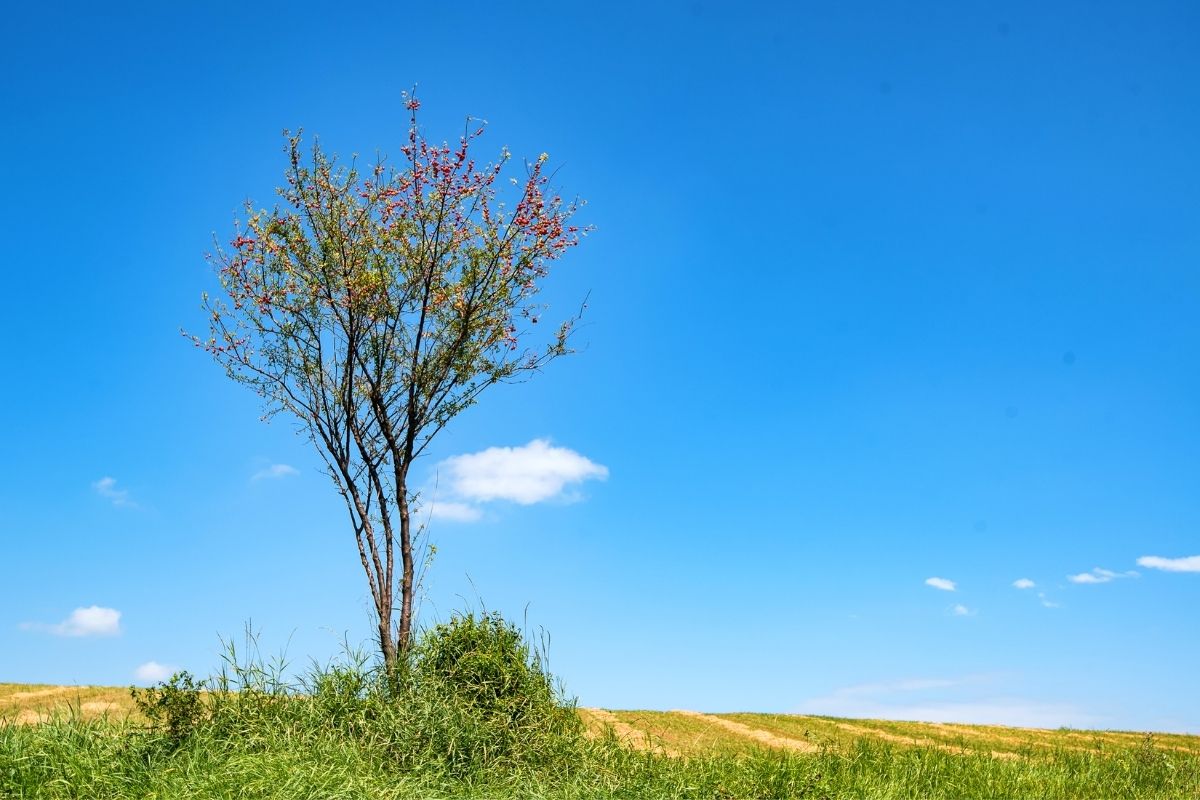
The cherry plum tree (cherry plum tree) is a deciduously-growing tree or shrub in the rose family native to temperate regions across much of Eurasia and northern Africa. Cherry plums are cultivated for their sweet, fleshy fruit.
29. Common Plum (Prunus Domestica)
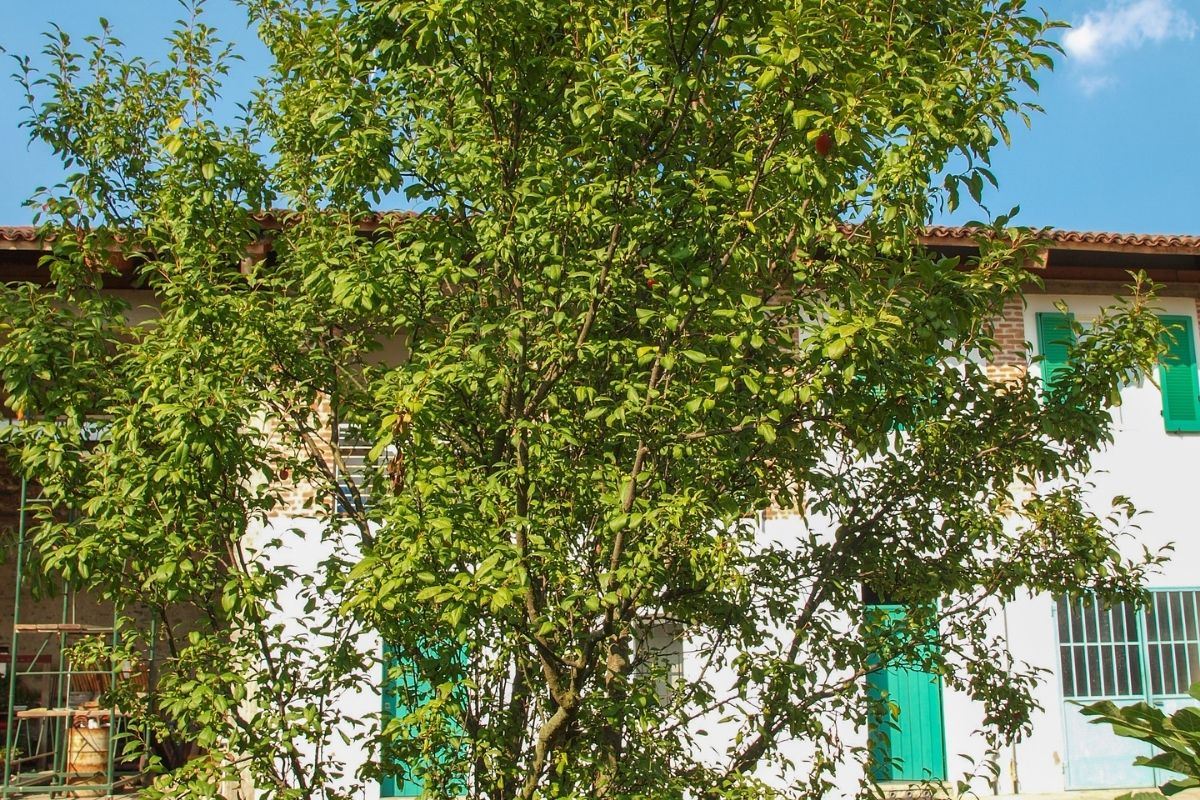
The common plum (common plum), also called English plum or French plum, is a large-fruited member of the Rosaceae family. It is believed to be derived from wild Prunus dulcis.
30. Almond Leaved Pear Trees (Pyrus Spinosa)
The almond leaved pear tree (almond leaved pear tree) is a medium-sized tree, native to Central and Western Asia.
31. Almond Trees (Amygdalus Communis)
The almond tree (almond tree) is a large deciduous tree found throughout the Mediterranean region. It bears fragrant white flowers in spring, followed by dark blue drupes.
Almonds are among the oldest food crops and are among the first foods eaten by humans. They are very nutritious due to the rich content of vitamin E.
32. Sour Cherry Tree (Cerasus Vulgaris)

The sour cherries are a woody shrub or small tree native to temperate zones of the Northern Hemisphere. Sour cherries are related to stone fruits such as peaches and plums.
33. Tree Of Heaven (Ailanthus Altissima)
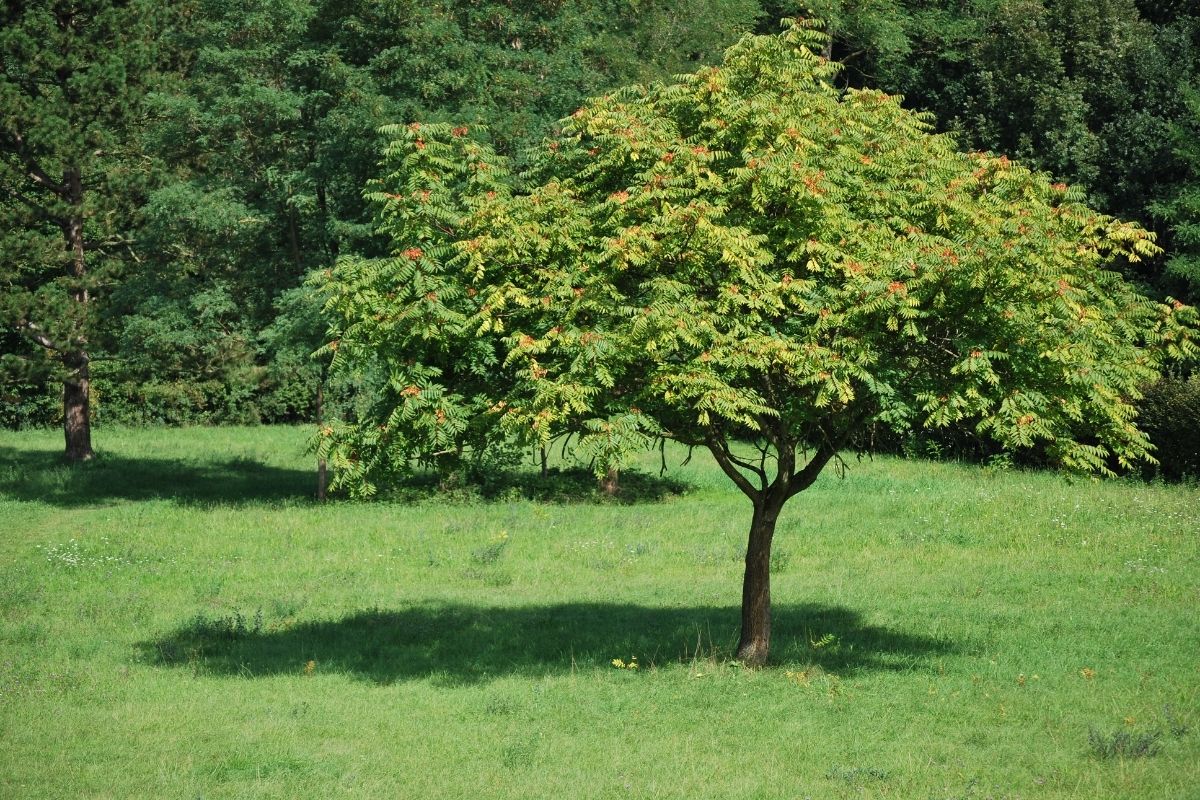
The tree of heaven (tree of heaven) Ailanthus altissima is a fast-growing tree that grows up to 10–20 m tall.
34. Strawberry Tree (Arbutus Unedo)

The strawberry tree (strawberry tree) Arbutus unedo is an evergreen tree native to Southern Europe, North Africa, and southwestern Asia, and often cultivated. The fruit is similar to a strawberry.
35. Yew Tree (Taxus Baccata)
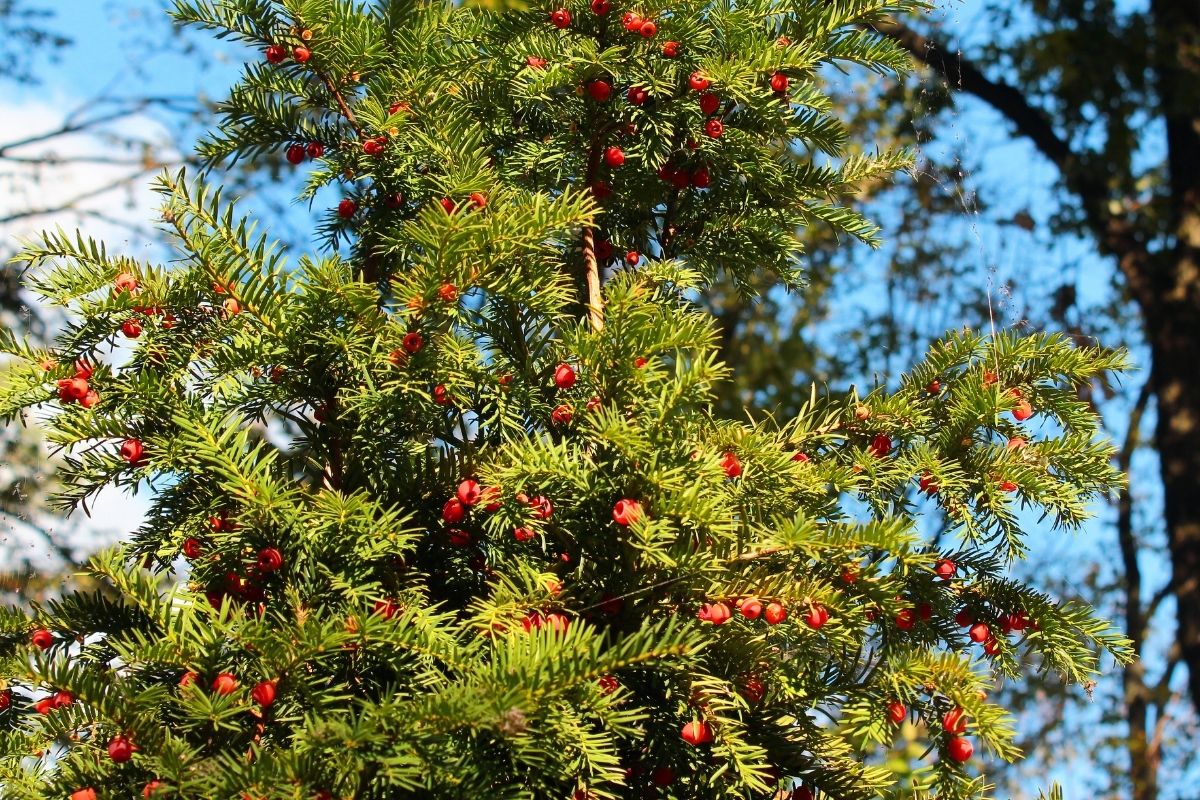
The yew tree is a coniferous evergreen tree native to England and Wales, France, Spain, Italy and other parts of Europe. These plants have been used in medicine.
36. Juniper Tree (Juniperus Macrocarpa)
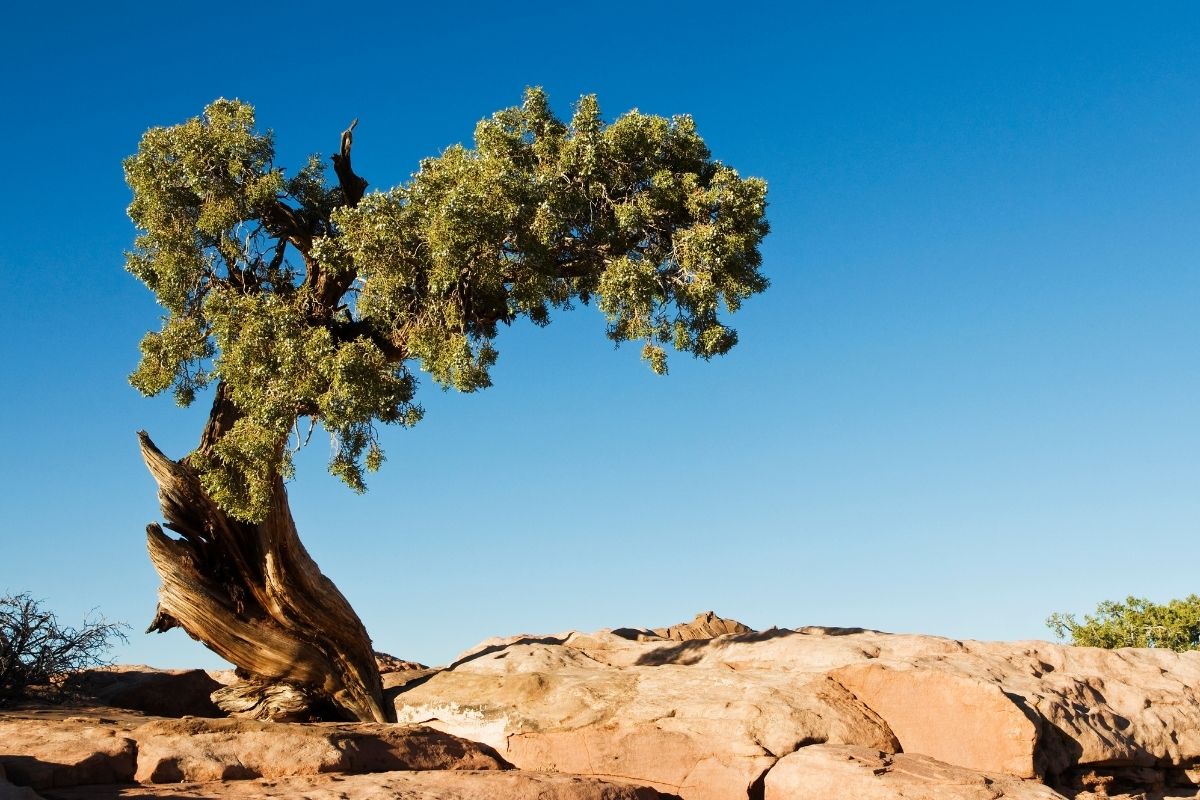
The juniper tree is a coniferous shrub native to central and Eastern Europe and northwestern Asia. This plant is important in Greek culture because of its use as a symbol of hospitality.
37. Theofrastos Palm (Phoenix Theophrastii)
Theofrastos’ palm (theophrasti palm) is a palm native to selected parts of Greece. This plant reaches sizes of about 2–10 meters high. In ancient times, it was used as a symbol of hospitality and friendship.
38. Phoenecian Juniper Tree (Juniperus Phoenicea)
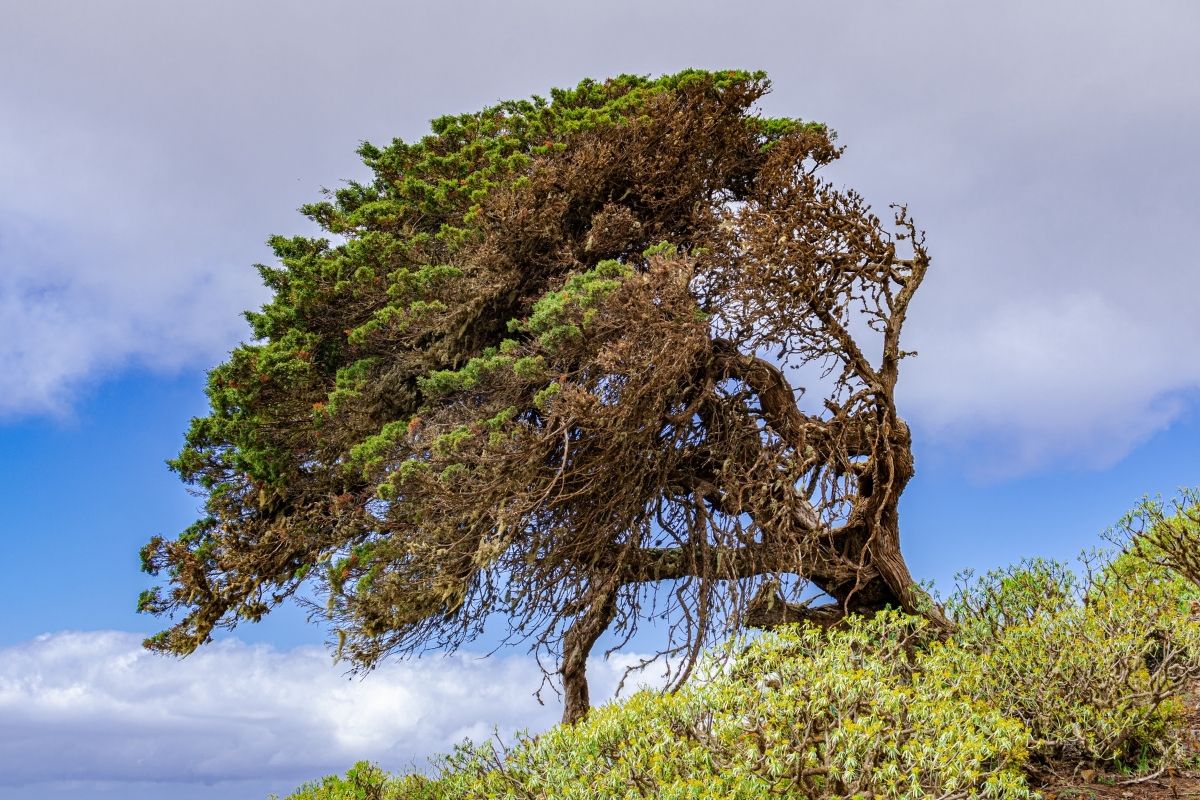
The Phoenecian juniper tree (juniper tree) is a small evergreen cone-bearing tree native to southern Turkey and Cyprus. It looks like a pine tree but has no needles; instead, it produces berries which contain aromatic oils.
39. Mount Tabot Oak (Quercus Ithaburensis)
The Mount Tabot oak (mount tabot oak) Quercus ithabureni is a rare species of oak endemic to Israel and some parts of Greece. It can grow up to 20 meters tall, with a trunk diameter of 1 meter or larger.
40. Downy Oak (Quercus Pubescens)
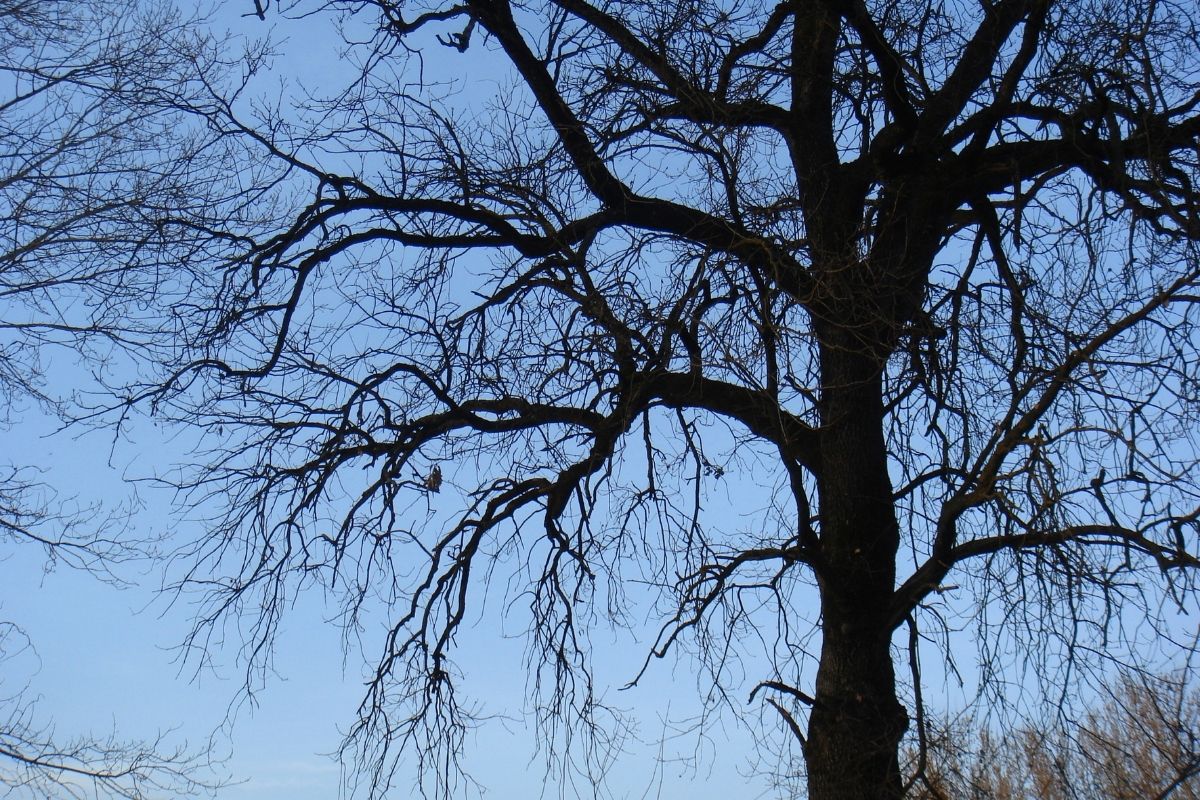
The downy oak (downy oak) is a deciduous tree native to western and Central Europe. It is widely planted in parks and gardens for its attractive foliage. Its leaves are broad and slightly rounded at their base.
41. Common Oak (Quercus Robur)

The common oak (common oak), also known as English oak, is a widespread evergreen tree native to most of Europe and northern Asia. It is one of the two most commonly occurring oaks in the British Isles, the other being sessile oak.
Common oaks live for centuries, and they can grow up to 100 years old. The common oak is important in Greek culture because it is associated with hospitality.
42. Judas Tree (Cercis Siliquastrum)
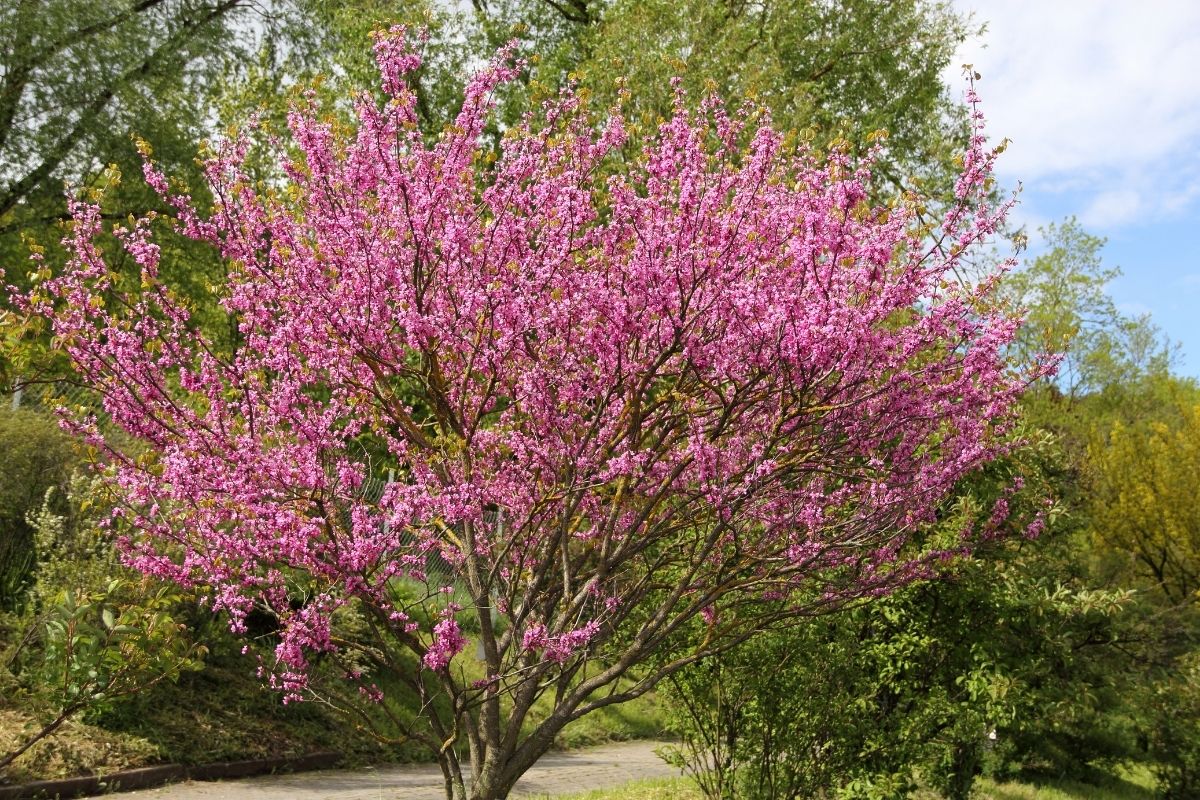
The Judas tree (judas tree) Cercis siliquastum is a small deciduous tree native mainly to eastern and South-Eastern Europe. It’s appearance changes drastically in the spring, when it gets bright pink blossoms, much like a cherry tree.
43. Common Hawthorn (Crataegus Monogyna)
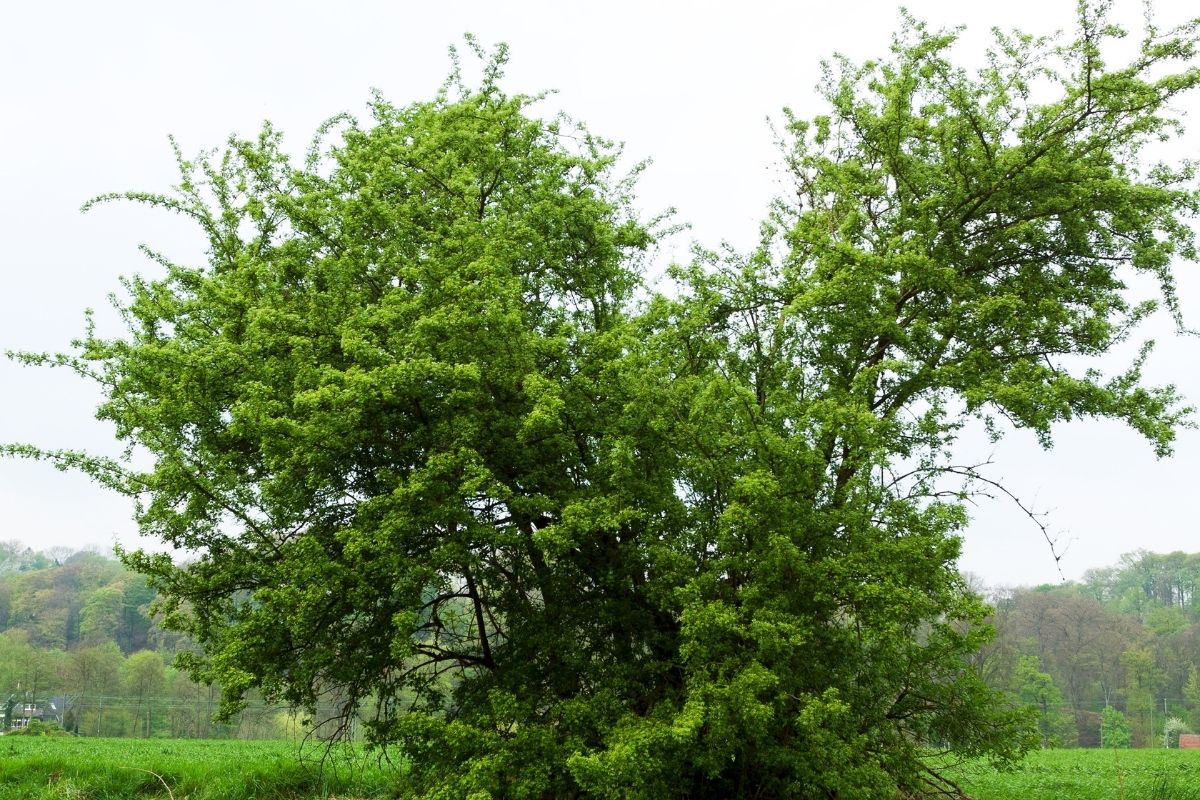
The common hawthorn (common hawthorn) Crataegus monogynia is a flowering bush or small tree native to Eurasia, from the Mediterranean region and further east. This plant is relatively small, but can reach heights of 15 feet.
44. Beech Tree (Fagus Sylvatica)
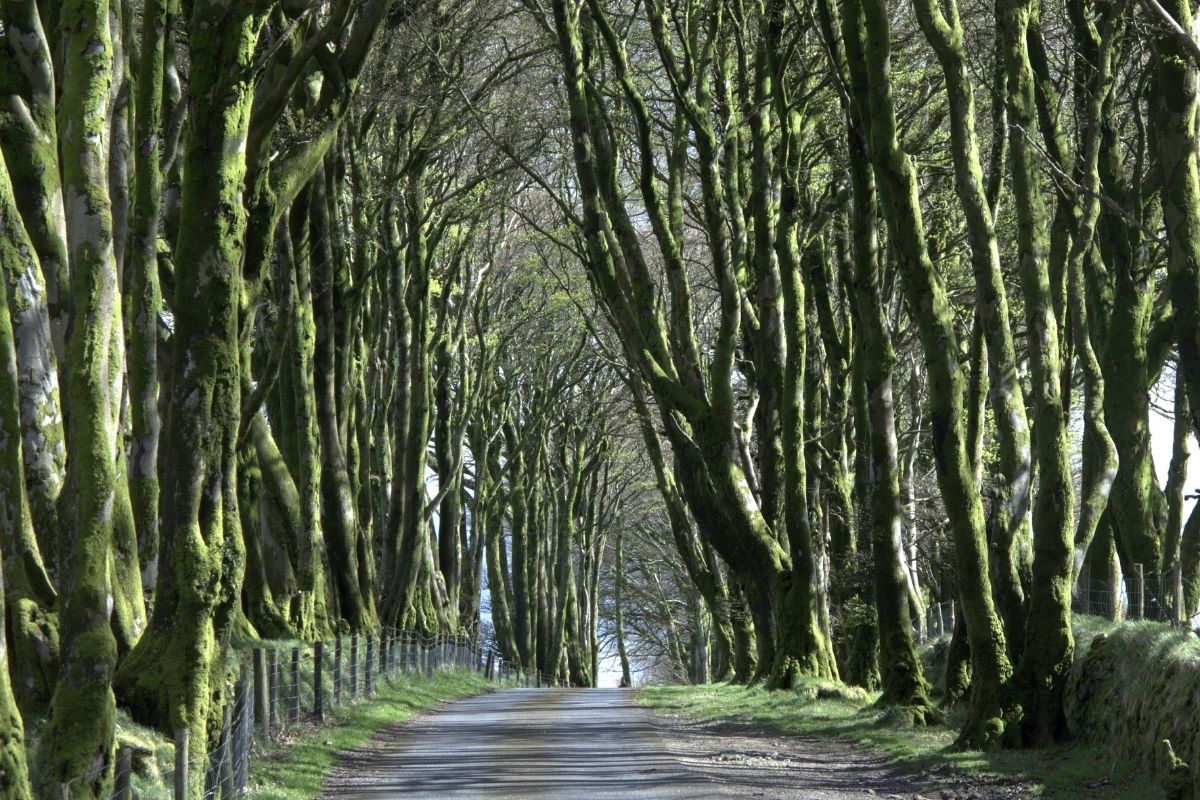
The beech tree (beech) Fagus sylvatica is an evergreen tree that grows to tall, usually in cooler climates. It is found throughout temperate regions of the world. These trees have attractive foliage that change color with the seasons.
45. Chestnut (Castanea Sativa)
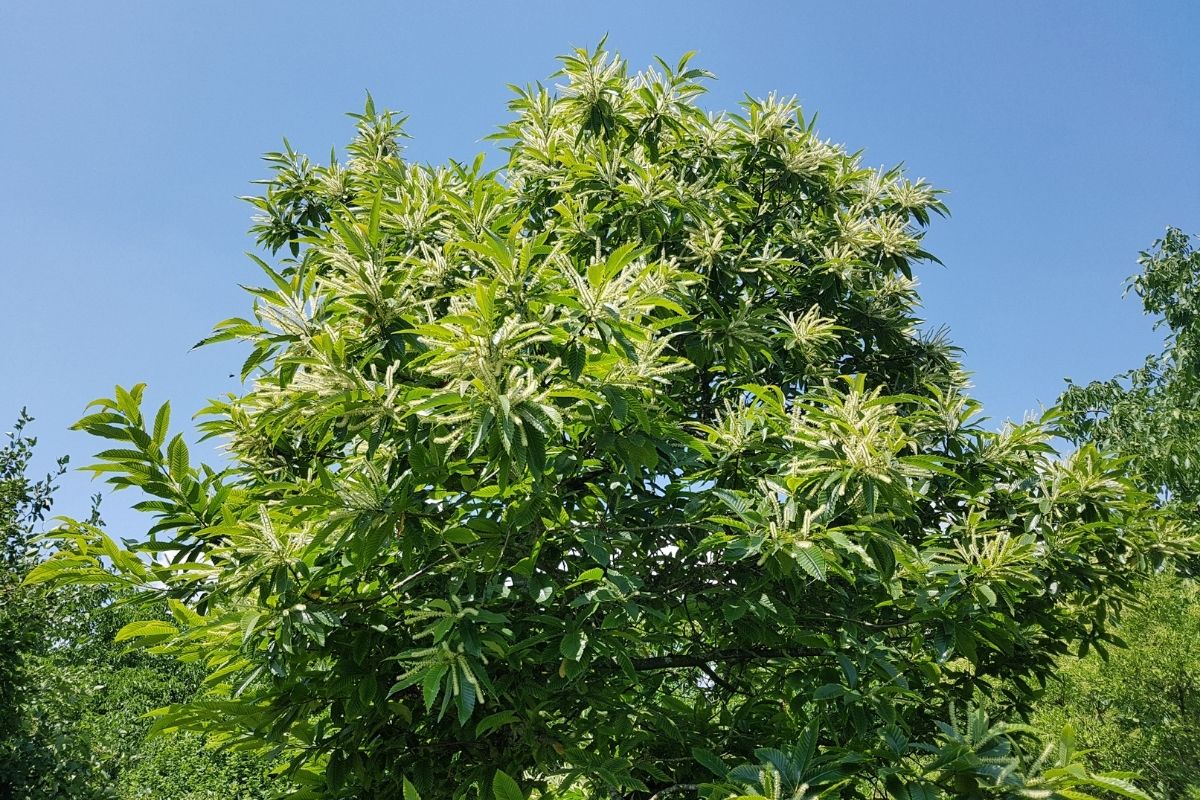
The chestnut (chestnut) Castanea sativa is an edible fruit-producing tree native to southeastern Europe. This tree is also a source of food for insects, birds, mammals, reptiles, amphibians, fish, and humans.
Its appearance is attractive and twisted branches make this tree look like a giant walking stick.
46. Aspen (Populus Tremula)

The aspen (poplar) Populus tremuloides is a large deciduous tree that lives for hundreds of years. The wood of this tree is soft and light. Aspens are often used to create arbors and walkways.
47. Brutia Pine (Pinus Brutia)
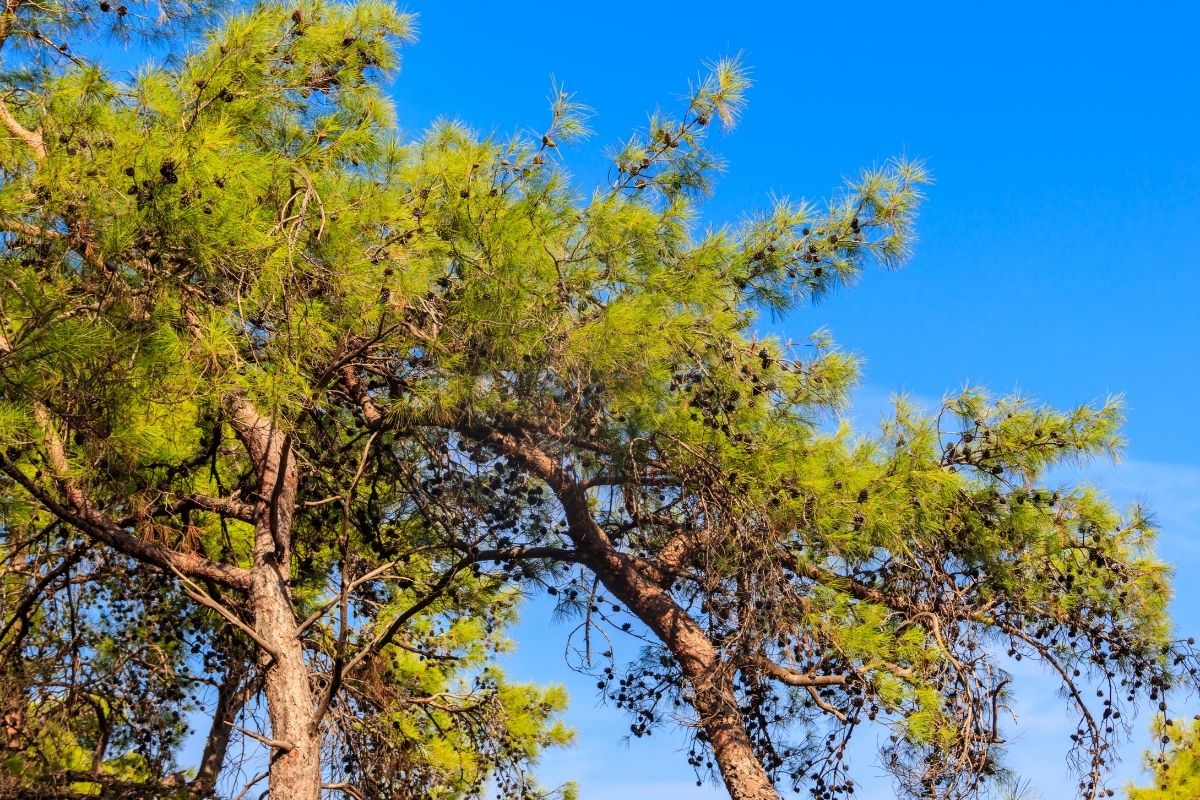
The Brutia pine Pinus brutia is a coniferous evergreen tree native to the mountains of Greece and Albania, where it grows up to 30 meters high. The bark of this tree is dark green and smooth.
In summer, it bears cones shaped like those of pines.
48. Black Alder (Alnus Glutinosa)
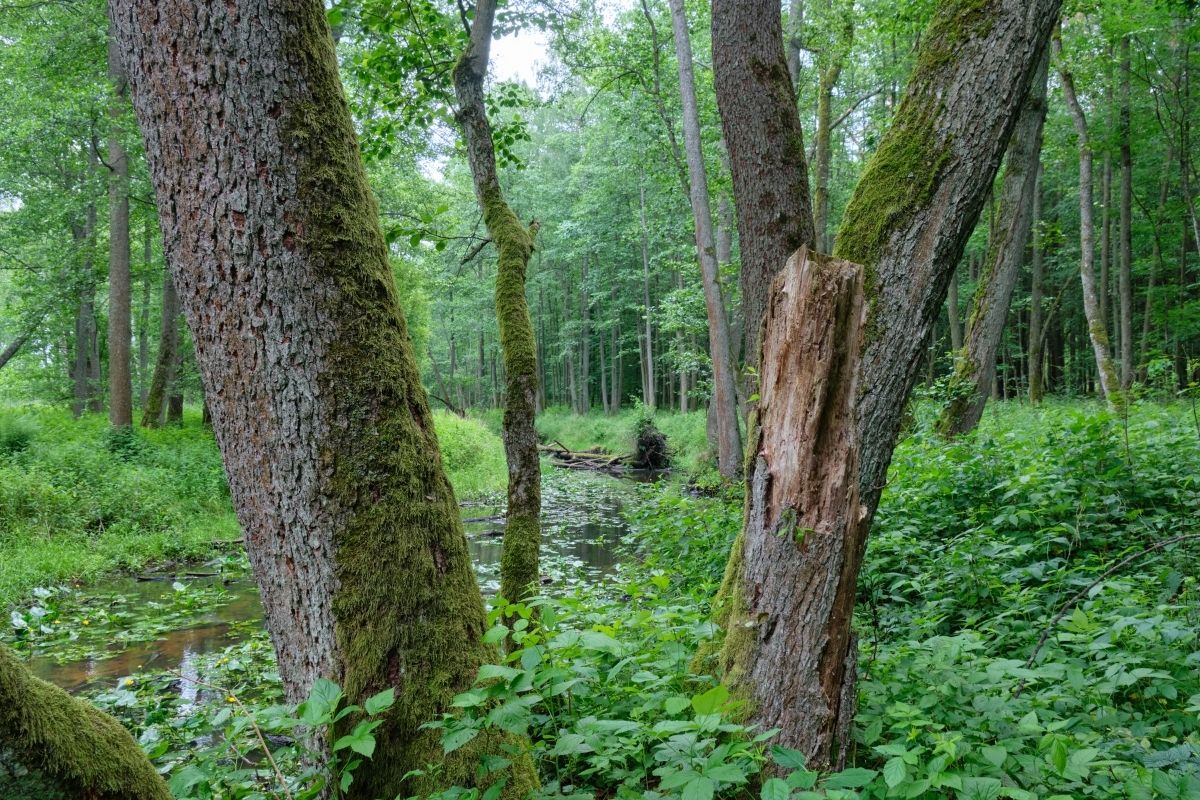
The black alder, Alnus glutinosa is a medium-sized deciduous tree found in Greece. It can reach heights of 25–40 m. On the ground, it has leathery, deeply lobed, glossy green leaves. Flowers appear in late spring and early summer.
Final Thoughts
Greece is home to many amazing trees that the world has known to love. While some of these trees are globally famous, there may be some that you have never heard of! Whether you want to see them in person or just learn more about their beauty and history, we hope our list will help inspire your next trip to Greece!
We hope you learned something from this article, here are other articles that you can learn from:
13 Different Plants That Start With O (Including Photos)
17 Different Types Of Plants That Start With X (Including Photos)







